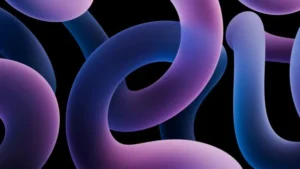ROUGE (Recall-Oriented Understudy for Gisting Evaluation) is a set of evaluation metrics widely used in natural language processing (NLP) to assess automatic summarization, machine translation, and text generation systems. It measures the overlap between machine-generated outputs and human-written references, focusing on recall, precision, and F1-score to evaluate content similarity. Moreover, it provides a straightforward method for comparing model outputs.
Key Characteristics of ROUGE Evaluation Metrics
Recall-Based Focus: Measures how much of the reference content a generated output captures.
Multiple Variants: Includes ROUGE-N (n-gram overlap), ROUGE-L (longest common subsequence), and ROUGE-S (skip-bigram overlap).
Simple Yet Effective: Offers a quick way to evaluate text quality without requiring manual review.
Language-Agnostic Flexibility: Applies to any language with proper tokenization.
Widely Adopted Standard: Serves as a benchmark in NLP research and competitions.
Support for Large-Scale Testing: Evaluates thousands of examples efficiently in extensive datasets.
Applications of ROUGE in AI Evaluation
Summarization Quality Assessment: Measures the quality of machine-generated summaries against human references.
Machine Translation Evaluation: Determines how well a translation preserves the original meaning.
Text Generation Benchmarking: Compares outputs of generative models like GPT, T5, and BART.
Information Retrieval Systems: Quantifies overlap between query results and gold-standard documents.
Question Answering Systems: Evaluates the relevance and completeness of generated answers.
Conversational AI and Chatbots: Supports evaluation of dialogue responses for relevance and fluency.
Why ROUGE Matters for NLP
ROUGE remains a foundational metric for evaluating the effectiveness of text generation systems. Furthermore, it offers researchers and practitioners scalable, interpretable feedback during model development. Although it has limitations, such as sensitivity to lexical variation, its simplicity and scalability make ROUGE essential for tracking improvements and comparing system performance across a wide range of NLP tasks.



